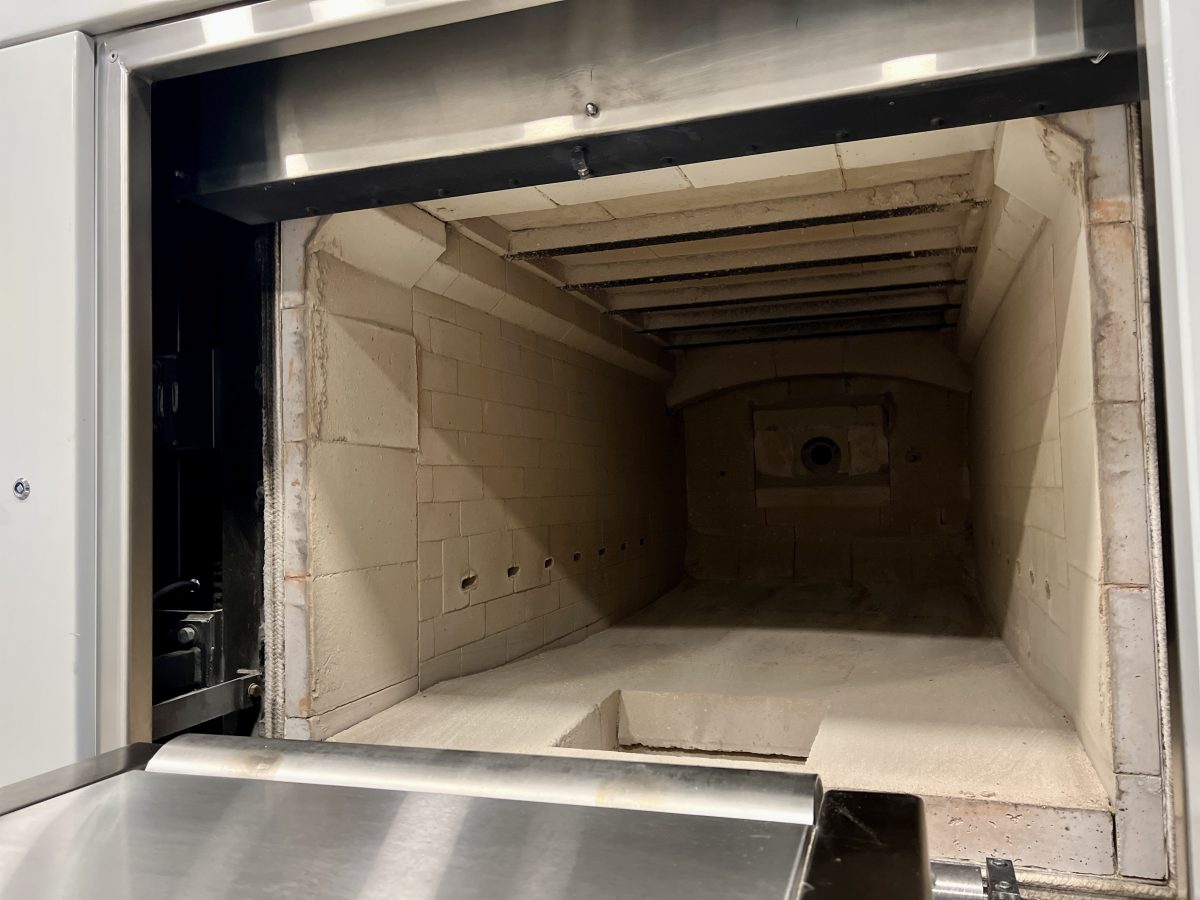
Since it opened in 2021, the Gungahlin Crematorium has performed about 900 cremations. Photos: James Coleman.
What happens when you die?
Well, for the 75 per cent of Canberrans who will be cremated, there is definitely light at the end of the tunnel. And a lot of heat – between 815 and 1200 degrees Celsius of heat, in fact.
The Gungahlin Crematorium opened in March 2021 as the first government-run crematorium and the second crematorium in the ACT after the privately owned Norwood Park Crematorium across the road. Gungahlin uses a bariatric model cremator, which means it can cope with larger coffins up to 350 kg.
Michelle Dariol has worked here since the beginning and holds regular tours of the facility to show Canberrans what actually happens in a cremation. And how the ashes are not, in fact, ashes. They’re skeletal remains, ground up in what looks much like a washing machine.
On the Tuesday morning Region visited, there had been no cremations for three days, and just as well. Michelle takes several steps back from the open door of the large stone-lined oven in the wall and says, “You’d still be able to feel the heat from here if we had run it yesterday”.
“When the machine’s on, it can be glowing orange inside because it’s so very, very hot.”
The process starts when the hearse or transport vehicle pulls into the back of the building, and the coffin is transferred to a trolley.
“We don’t open coffins here – it’s the job of the funeral directors to look after the body and make sure there’s nothing in the person that could cause any issues during the cremation, such as pacemakers or other battery-powered devices,” Michelle explains.
“We note the sex and weight because our machine’s burners will calibrate its cycle to the person, and biologically, men and women cremate differently. In general terms, women tend to have a higher fat content, so they cremate a little more efficiently than men.”
The cremator is custom-made by Geelong-based company Joule and weighs more than 14 tonnes. There’s only one for now, but the gas connections are all rigged up if there’s ever a need for another.
The coffin is loaded, feet first, into the chamber with an ‘Automated Charge Bier’ trolley. It’s the job of little holes lining the side to feed oxygen onto the body and control the combustion.
The best part of the job for Michelle is behind a closed door in the viewing room. This is where loved ones can gather to watch the cremation and even push the button to let Michelle and the team know exactly when they’re ready to initiate the process.
“It’s nice, soft intimate space for families to do what they need to do to honour and celebrate their loved ones,” she says.
“I have 11 family members buried here, and for me personally, the hardest part is watching them go into the earth – that final committal. But for me, it’s still very important to be there. This is exactly the same thing.”
Within 12 minutes of the chamber door closing, the coffin cracks open and the extreme heat gets to work on the body. The smoke and gases are sucked up into a second brick chamber above the main one, where they are burnt off and sent through the chimney as nothing more than a heat haze … unless the flames strike a piece of metal, in which case, those outside might notice a whitish puff.
The average cycle is about 90 minutes, which Michelle describes as a process of desiccation or drying out.
“Our bodies are mostly made of water, so essentially the cremation process is a drying out until there’s nothing left but the brittle skeleton,” she says.
When this happens, Michelle dons a welding apron, face shield and pair of riggers gloves and rakes the remains into a pit at the front of the cremator. These are collected in a metal pan and passed through with a small magnetic pole to bring out coffin hardware as well as screws, hip and knee replacements, dental implants and other metal parts.
“Many of these metals are really precious – titanium, platinum, so we’re part of a scheme called OrthoMetals,” Michelle says.
“This organisation was founded in 1997 in the Netherlands to recycle metals remaining after cremation from medical devices. We get a payment from them, and we use it to fund infant cremations because we don’t want to be charging the community for that kind of service.”
From here, the skeletal remains are placed into a rotating machine alongside several large milling stones. Over a three-minute cycle (sometimes more), the bones are ground down to a fine dust, which filters its way into a four-litre plastic container below.
“Some people may be half the container; others will be all the way to the top – it all depends on bone structure. It doesn’t matter how big you are on the outside, it all comes down to your bones.”
The container is returned to the family, who might choose to house the ‘ashes’ in a jar or scatter them elsewhere.
Michelle loves the job, particularly the deep connections she makes with the community along the way.
“It’s an honour and privilege for us to look after a person’s loved one because they don’t have their voice anymore. It’s really meaningful.”
You can book your own tour of the Gungahlin Crematorium on Eventbrite. Entry is free.



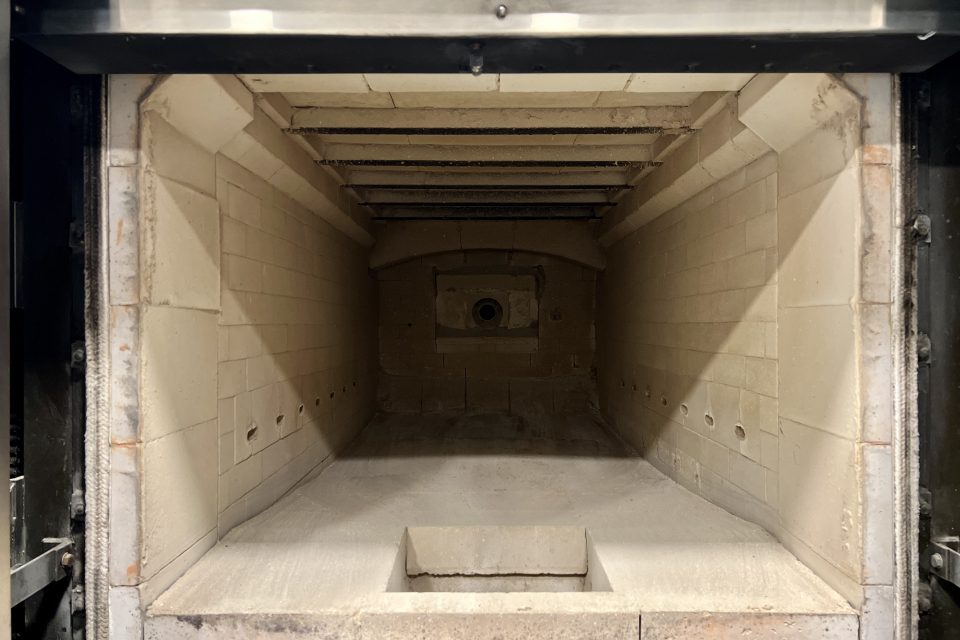
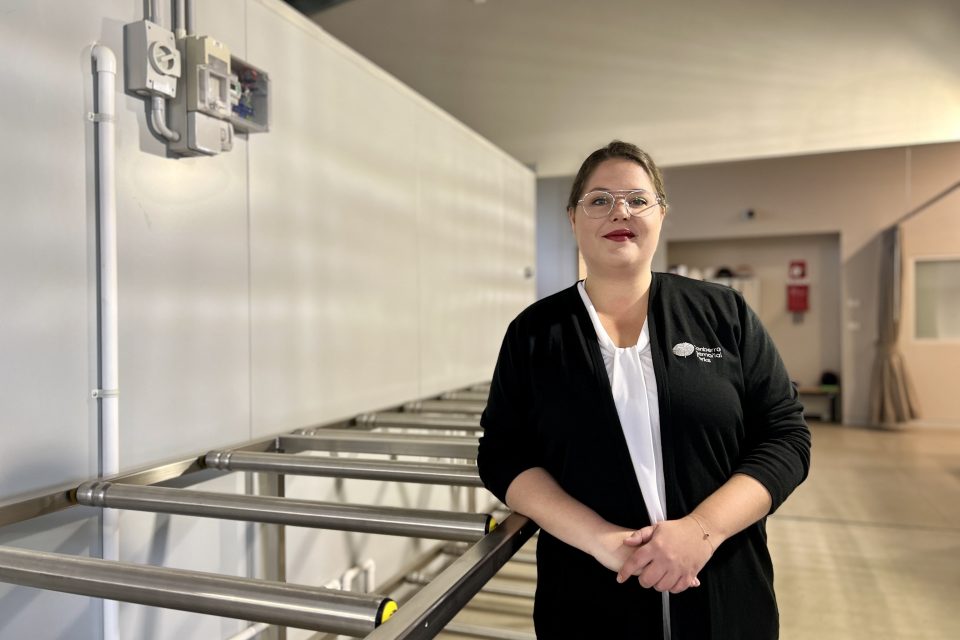
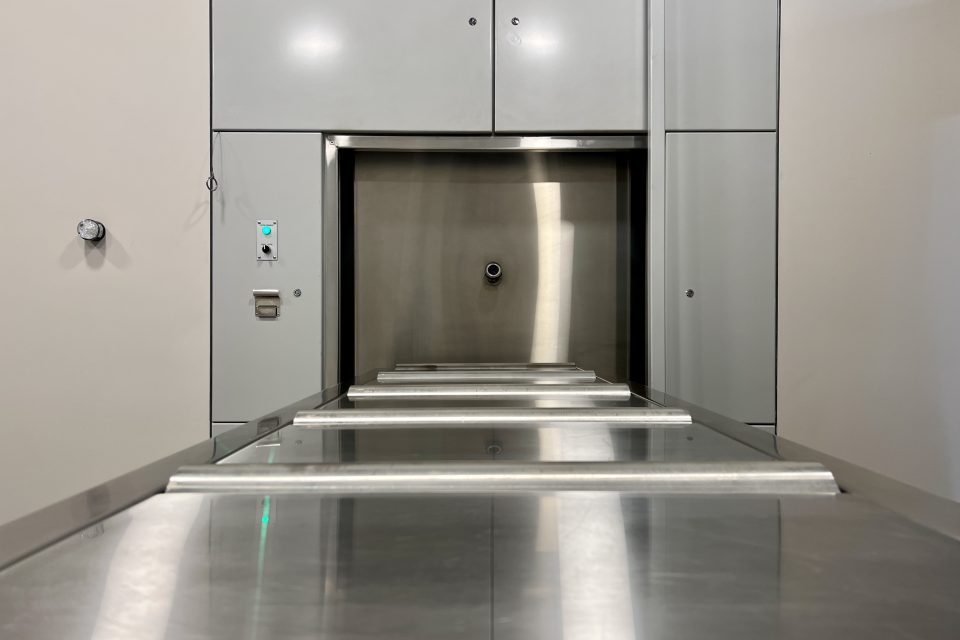
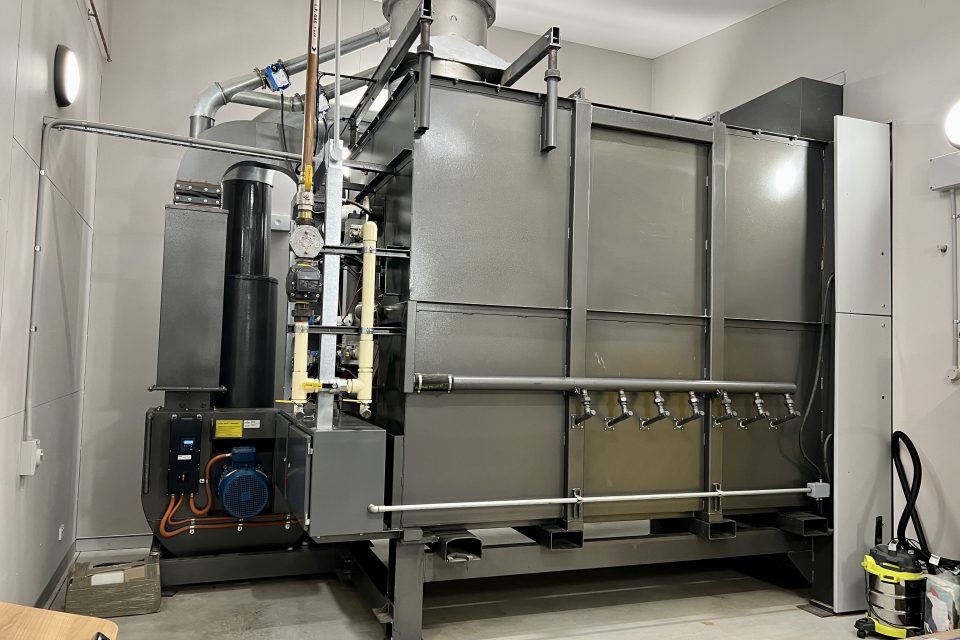
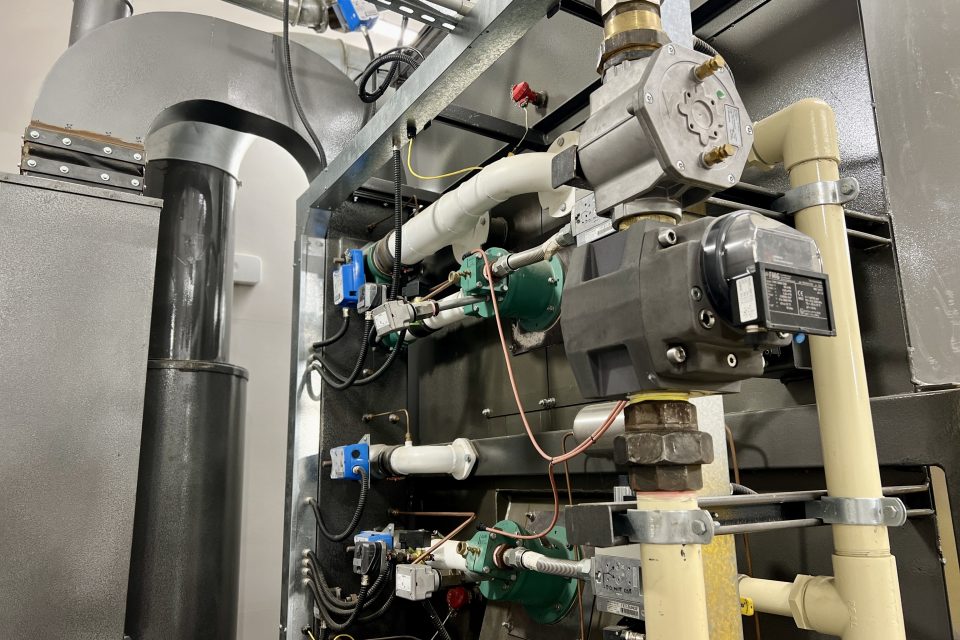
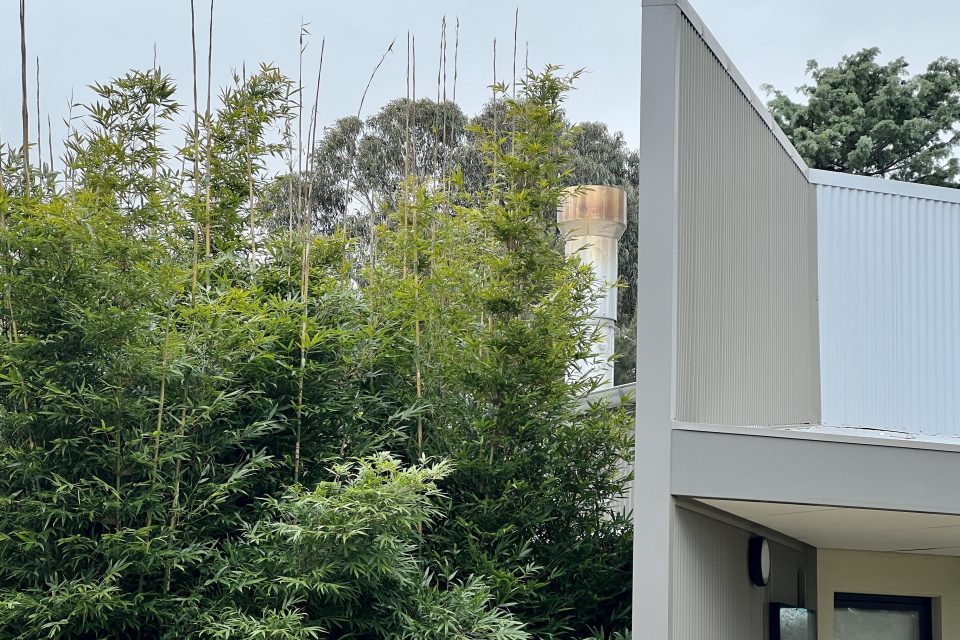
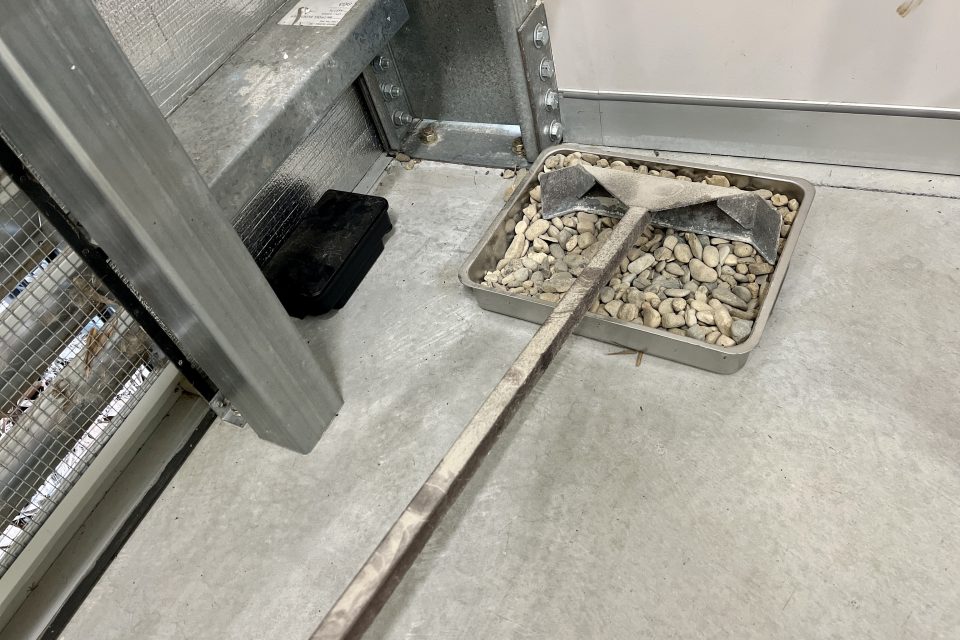
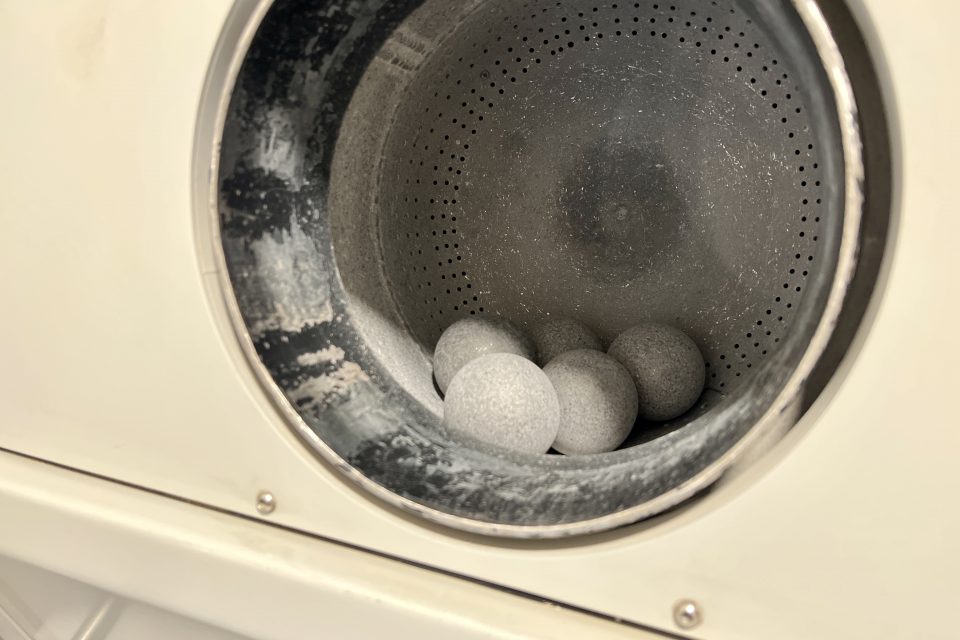
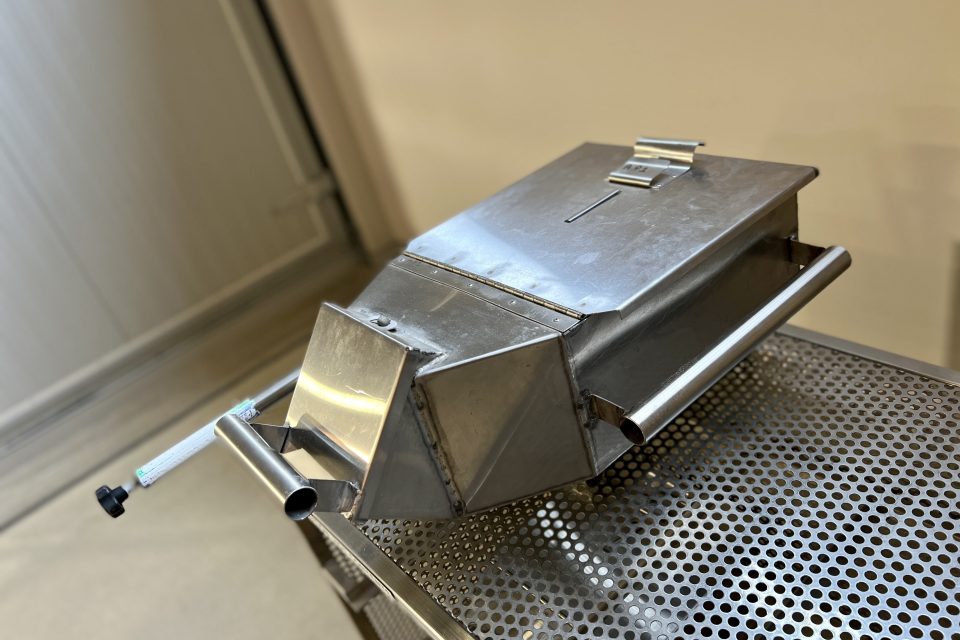
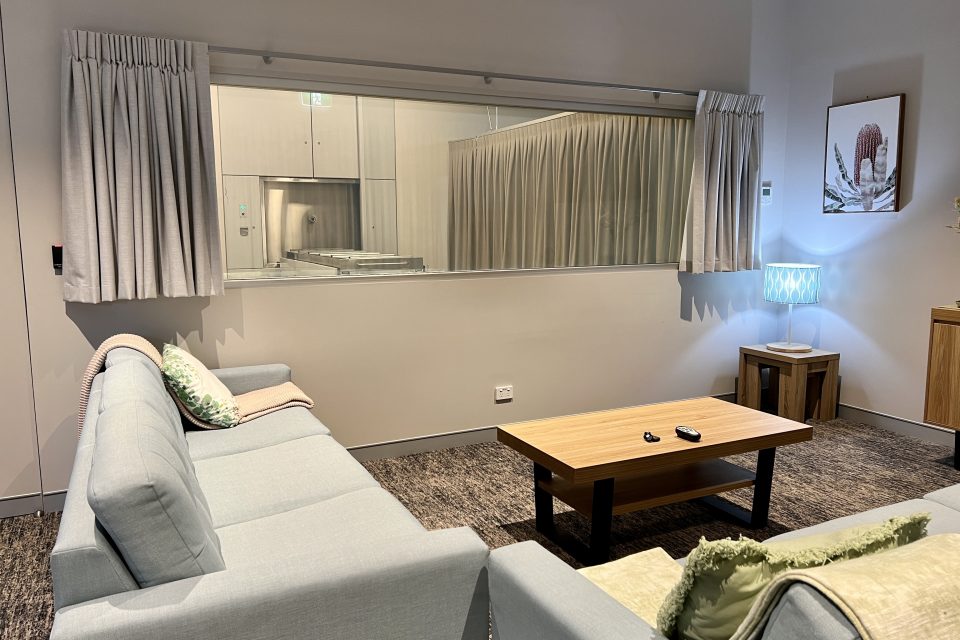
 Must admit though, preferred the old name.
Must admit though, preferred the old name. 









